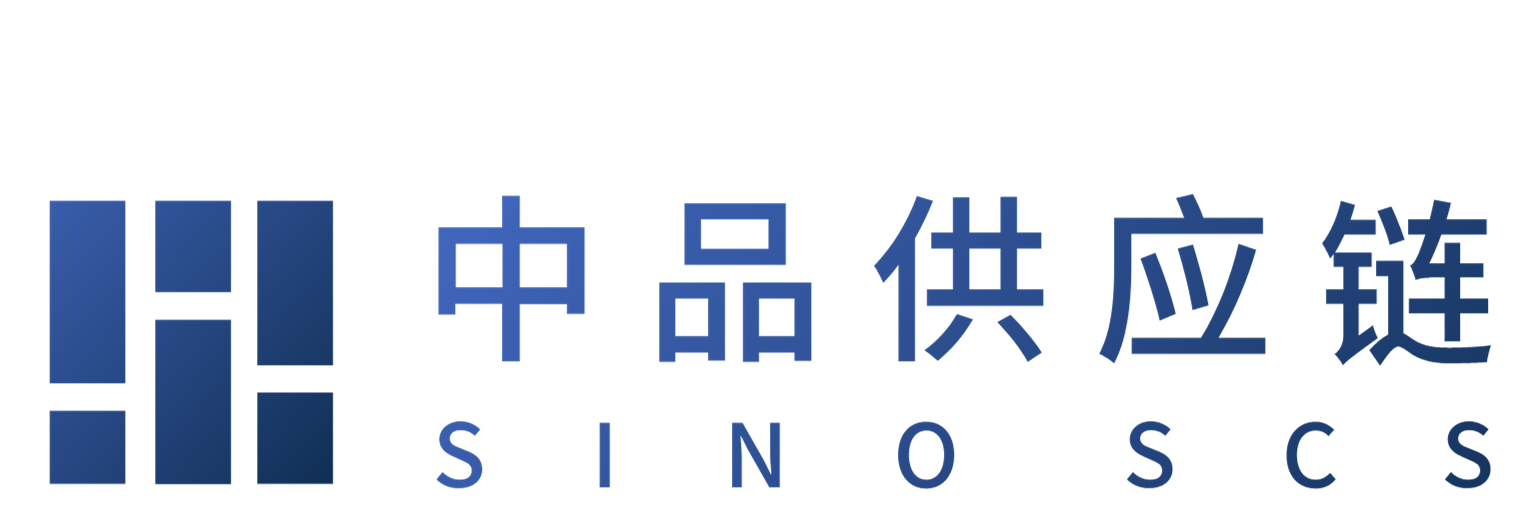What are the key procurement trends for 2022?

Supply Management rounds up the key procurement and supply chain predictions for 2022.
1) Prioritising risk management
Atul Vashistha, founder of Supply Wisdom, said the pandemic highlighted the need for extensive risk management procedures to safeguard supply chains.
He said: “Procurement is fast rising as a key guardian and first line of risk defense. This past year has shown the need to monitor third party risks 24/7 – especially around location, cyber and people.
“When risk management begins in the sourcing stage, threats can be identified and mitigated early on. This will be a top priority in the new year to ensure resiliency as the pandemic and other disruptions unfold.
“As a result, risk management will go beyond just a compliance function in 2022. Procurement teams will leverage automation to monitor suppliers for early indicators of threats before they snowball into catastrophes.”
2) Investing in IT solutions
To be prepared for ongoing supply chain disruptions, businesses must ensure their IT is up to the challenge in 2022.
Antony Francis, consultant at software company Endava, said: “It will likely take well into the first quarter of 2023 to absorb the disruptions from 2021 and 2022. There needs to be a significant digital acceleration to make sure systems are more connected and resilient. This will both close existing gaps and serve to manage any future, unforeseen events.
“Companies should insist that their shippers, forwarders, and third-party logistics providers are connected in real time and able to move swiftly to react to any changes in supply. Coupling this with AI and machine learning predictive analytics to anticipate issues will go a long way to keeping supply chains running smoothly.”
Nikki Baird, vice president of retail innovation at Aptos Retail, added: “Retailers’ financial recovery, combined with the fact that omnichannel shopping behaviors pushed legacy IT systems close to the breaking point during the pandemic, is going to drive investments in foundational modern technology systems in 2022.”
3) Maximising talent
As companies battle against labour shortages across the board, they should look at utilising external workforces.
Vish Baliga, chief technology officer at SAP Fieldglass Solutions, said: “As global markets continue to face unprecedented labor shortages across industries, businesses will see an increased need to master external workforce management and maximize talent utilisation.
“Tapping into contingent workers and service providers will continue to gain momentum beyond the pandemic as businesses are realizing the benefits – improved productivity, agility and resilience, reduced costs, increased access to quality talent and flexibility.
“With an estimated 70% of executives anticipating they will hire more temporary workers and freelancers over the next two years, external workforce will remain a top priority across organisations.”
4) Visibility in supply chains
Visibability is always important in supply chains, but especially so when trying to mitigate global supply disruptions.
Francis said: “Companies will need to fully analyse their ability to view their entire, global supply chain. They must have visibility of all their trading partners, including manufacturers, shippers, forwarders and others and have the connectivity to deliver real-time updates throughout the process.”
Vashistha continued: “Procurement’s first move in the new year should be to fully map and risk tier their supply chain. Many will discover their supply chain isn’t as diversified as they originally thought. Traditional risk diversification strategies will be put aside as companies discover their diversified tier-one suppliers are all relying on similar tier-three factories, ports, and sub-suppliers.
“Executives will need to realign on their supply chain diversification strategies and need to continuously monitor supply risk dependencies moving forward.”
5) Procurement taking centre stage
The pandemic thrust supply chains to front page news. Procurement is set to play an even bigger stole in tackling challenges possessed by the pandemic as business leaders look to procurement teams to find solutions.
Baber Farooq, head of market and solution strategy, procurement solutions at SAP, said: “If 2021 has taught us anything, it is that even the best of predictions failed to anticipate some of the challenges the world has seen. What did occur though was that procurement organisations moved away from simply managing and optimising processes to becoming pivotal in solving critical business problems.
“In 2022 procurement professionals should be bold in embracing this mandate and propose solutions that help companies navigate troubled, uncertain waters. Let’s be bold and redefine traditional paradigms to tackle these challenges.”
Dan Johnston, co-founder of WorkStep, highlighted how governments are putting supply chain issues ate the forefront of their agendas. However, he warned “businesses shouldn’t wait for regulation to get started on addressing workforce challenges”.
“While it’s great that the government is taking a renewed interest in supply chain efficiency, a company’s resilience depends on building a stable and productive workforce immediately.”

